Native Arsenic – Mineral Properties, Photos and Occurrence
Arsenic is a semi-metal native element, which is famous for its toxicity. But native arsenic also forms interesting mineral specimens, often associated with silver minerals. And it is also important industrial metal.
Crystal Structure of Native Arsenic
Native arsenic (α-As) crystallizes as a rhombohedral form in the trigonal crystal system. Typical habits are botryoidal, mammilary, radiating or stalactitic. True crystal faces are rare, but clusters of pseudocubic arsenic are more common.
Native arsenic is dimorph of rare orthorhombic arsenolamprite. In inorganic chemistry, the arsenic is known as gray arsenic and arsenolamprite as black arsenic. There is also synthetic yellow arsenic allotrope, which is produced by rapid cooling of arsenic vapors. Yellow arsenic is unstable and quickly recrystallizes into gray arsenic.
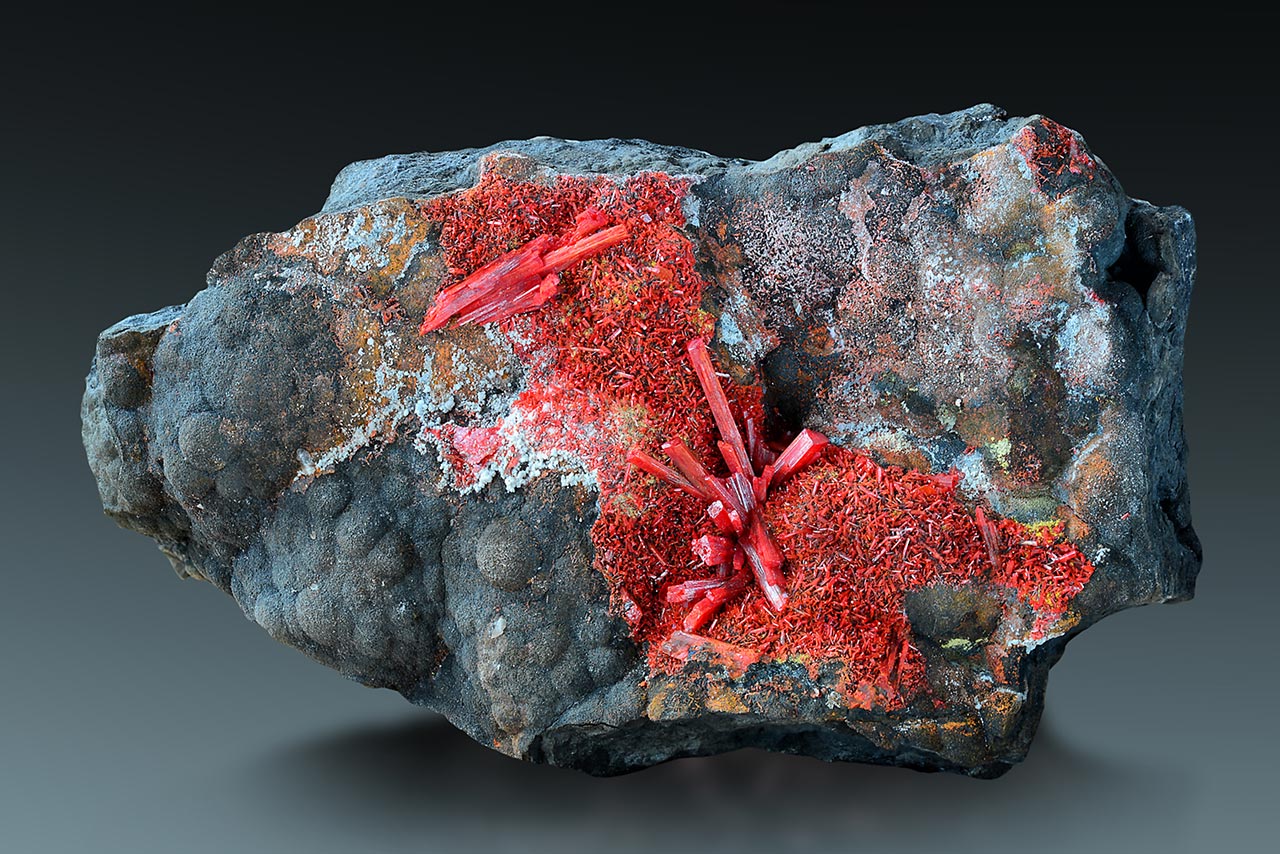
Atomic arrangements within arsenic are described as parallel layers of 6-membered rings of atoms, with low cohesion between layers. Common impurities include: Bi, Sb, Fe, Ni, Ag, S, Se.
Arsenic belongs to the arsenic group of trigonal semi-metal elements. Other group members are native bismuth, native antimony and arsenic-antimony alloy stibarsen (formerly allemontite). All members of the group are isostructural.
The arsenic and antimony form a complete solid solution above 300 °C. However, bellow that the solid solution decomposes into a mixture of stibarsen + excessive antimony or arsenic. Some localities produce layered specimens of tarnished grey arsenic with tin white bands of stibarsen as a result of solid solution with excess of arsenic. To add to the confusion, name allemontite was used for both stibarsen and stibarsen + arsenic mixtures.
Physical Properties of Arsenic
Fresh arsenic is tin white but very quickly tarnished to gray, dark gray or almost black color. Arsenic streak is always black. Arsenic has perfect basal cleavage {0001} and fair on {0114}, fracture is irregular or uneven. Fresh arsenic has metallic luster, which changes to sub-metallic and dull because of tarnish. Arsenic is quite soft with hardness only 3.5, but high density of 5.727.
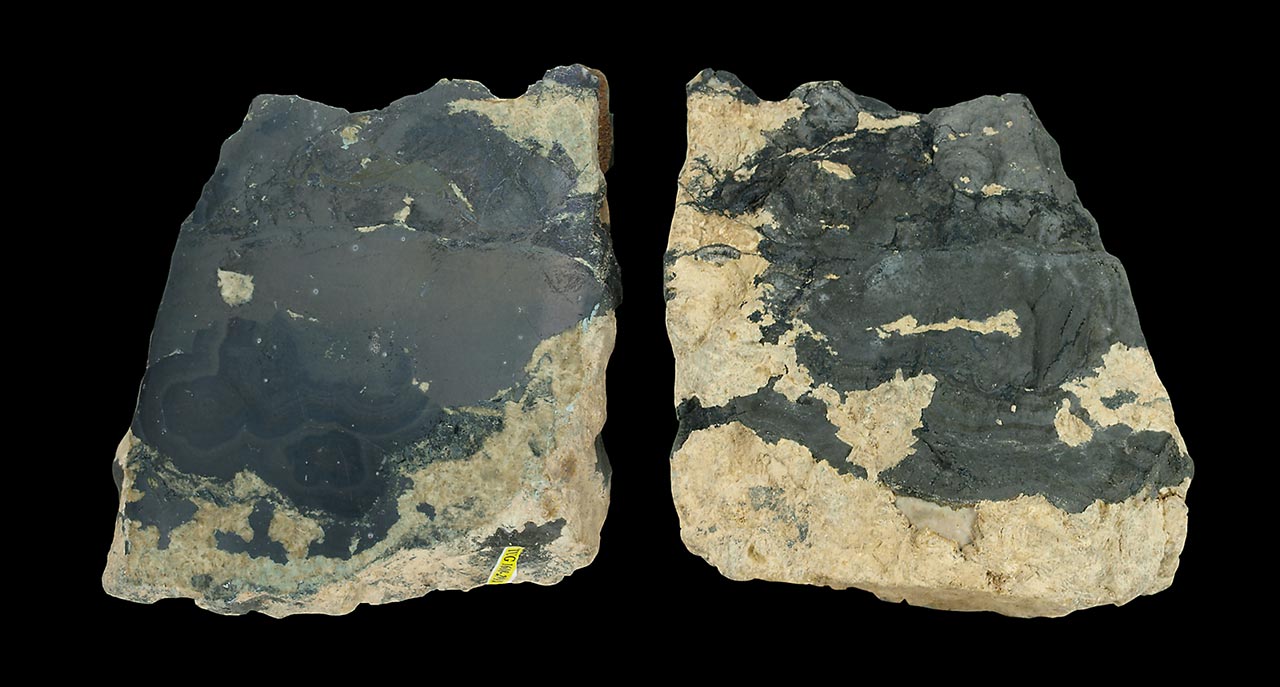
Native arsenic oxidizes to arsenolite (As2O3) upon heating, when it exudes an odor of garlic. Arsenic will also release a garlicky odor when struck.
Similar minerals
Its very difficult to distinguish arsenic from its dimorph arsenolamprite, which is luckily quite rare. The bigger issue is stibarsen and native antimony, which might look very similar when fresh. Common testing can not distinguish stibarsen from native arsenic. However, the stibarsen and native antimony do not tarnish.
Associated minerals
The native arsenic is often associated with silver minerals: native silver, proustite, argentite and acanthite. Common associates are also other arsenic minerals like arsenolite, orpiment, realgar, stibarsen, antimony and rare dyscrasite. Other minerals include common sulfides, baryte, quartz and calcite.
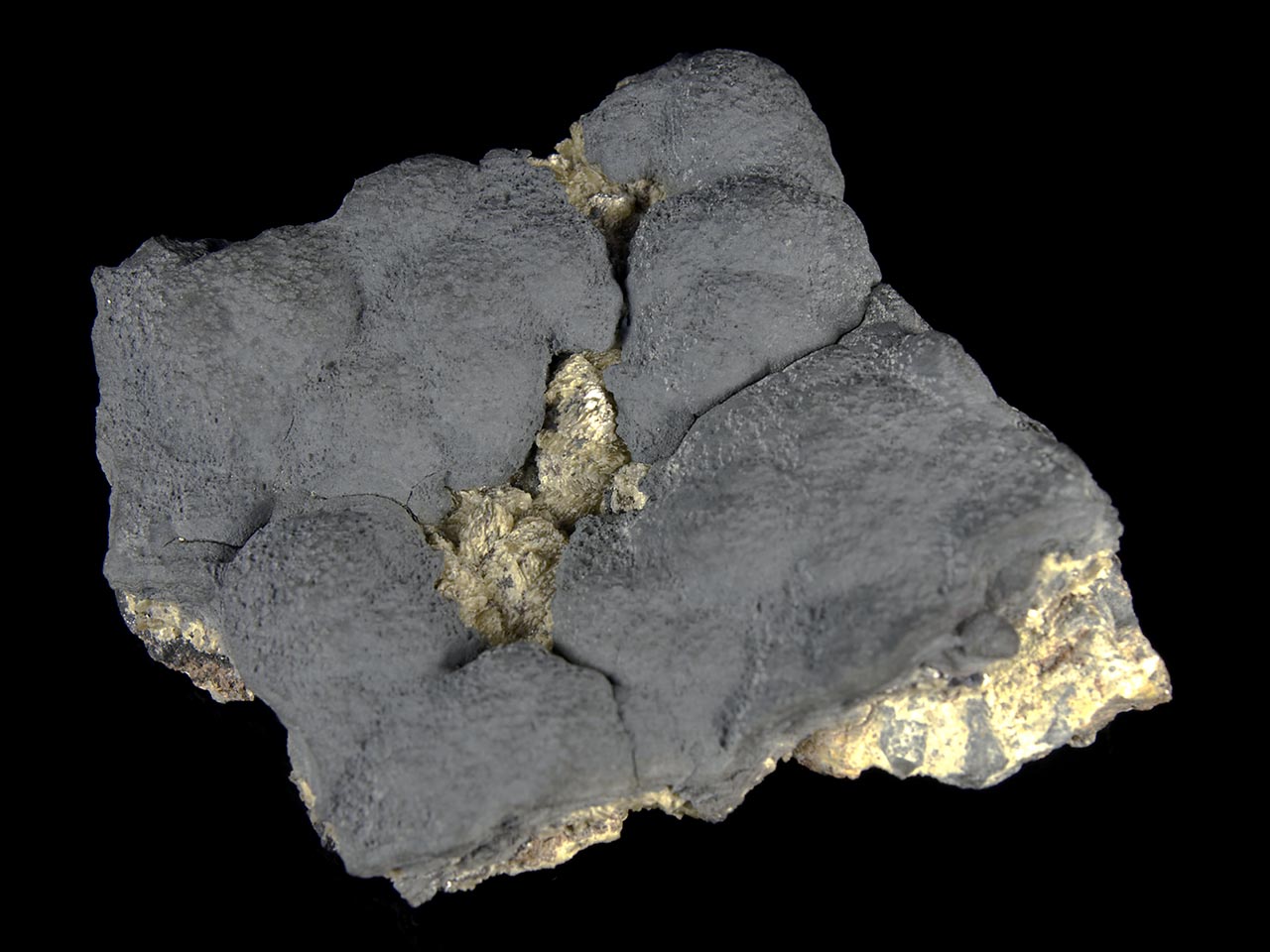
Naming and Discovery
The formal discovery of arsenic is credited to Albertus Magnus (1193-1280), who first heated a sample of orpiment (As2S3) around 1250. The word comes from the Greek arsenikon and Latin arsenicum, a name originally applied to the mineral orpiment.
Origin
Arsenic is commonly associated with gold as a geochemically dispersed (disseminated) element in magmatic hydrothermal environments, so much so that it is routinely used as a ‘pathfinder element’ to target prospective gold-bearing rock. Geochemically, arsenic is far more soluble than gold, and generates a much larger footprint signature valuable for exploration. Most of this arsenic is bond in arsenopyrite though.
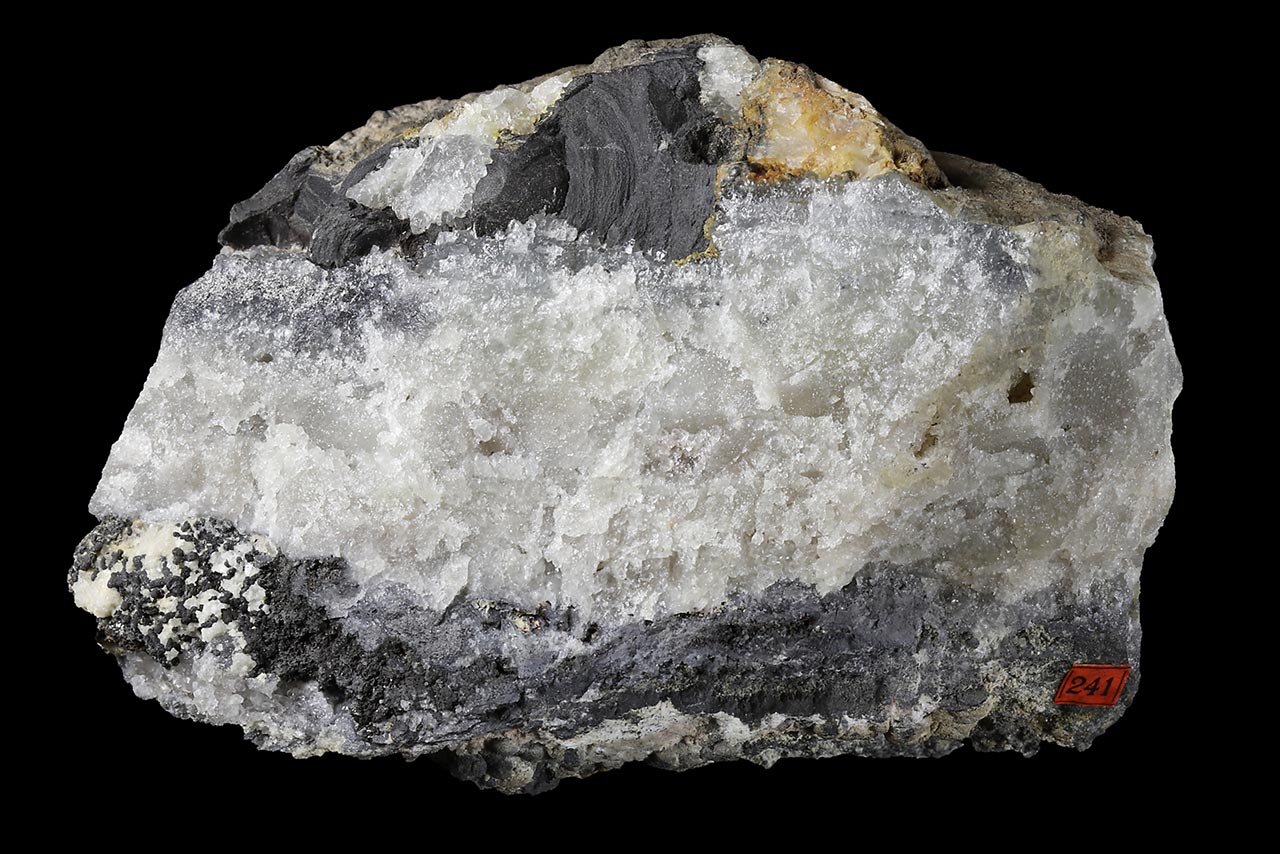
Native arsenic occurs in actual hydrothermal veins, mostly in mesothermal or epithermal veins. It is a typical mineral of complex Ag-As-Co-Ni-Bi-U deposits.
Crystals of native arsenic were also discovered on burning coal dumps and some volcanic vents.
Arsenic Toxicity and Hazards
Native arsenic is one of the truly toxic minerals. However, mineral specimens are quite safe. It is better to wash your hands after handling arsenic specimens and definitely avoid licking it. The truly dangerous idea is to heat arsenic, which produces deadly vapors. But there is no need to panic because of arsenic sitting in a closed mineral display.
Poisonings in Europe became a major agent of murders beginning in the first 2 decades of the 19th century. Arsenic – or better say white arsenic (As2O3) - acquired its prominent reputation then as an inheritance powder largely from the intersection of two cultural threads. White arsenic was widely available, cheap, easy to acquire, and the knowledge of its toxicity was well-known. In France between 1835 and 1880, poison accounted for 40% of murder cases. Throughout the 19th century century, in England arsenic accounted for 1/3 of the poisonings.
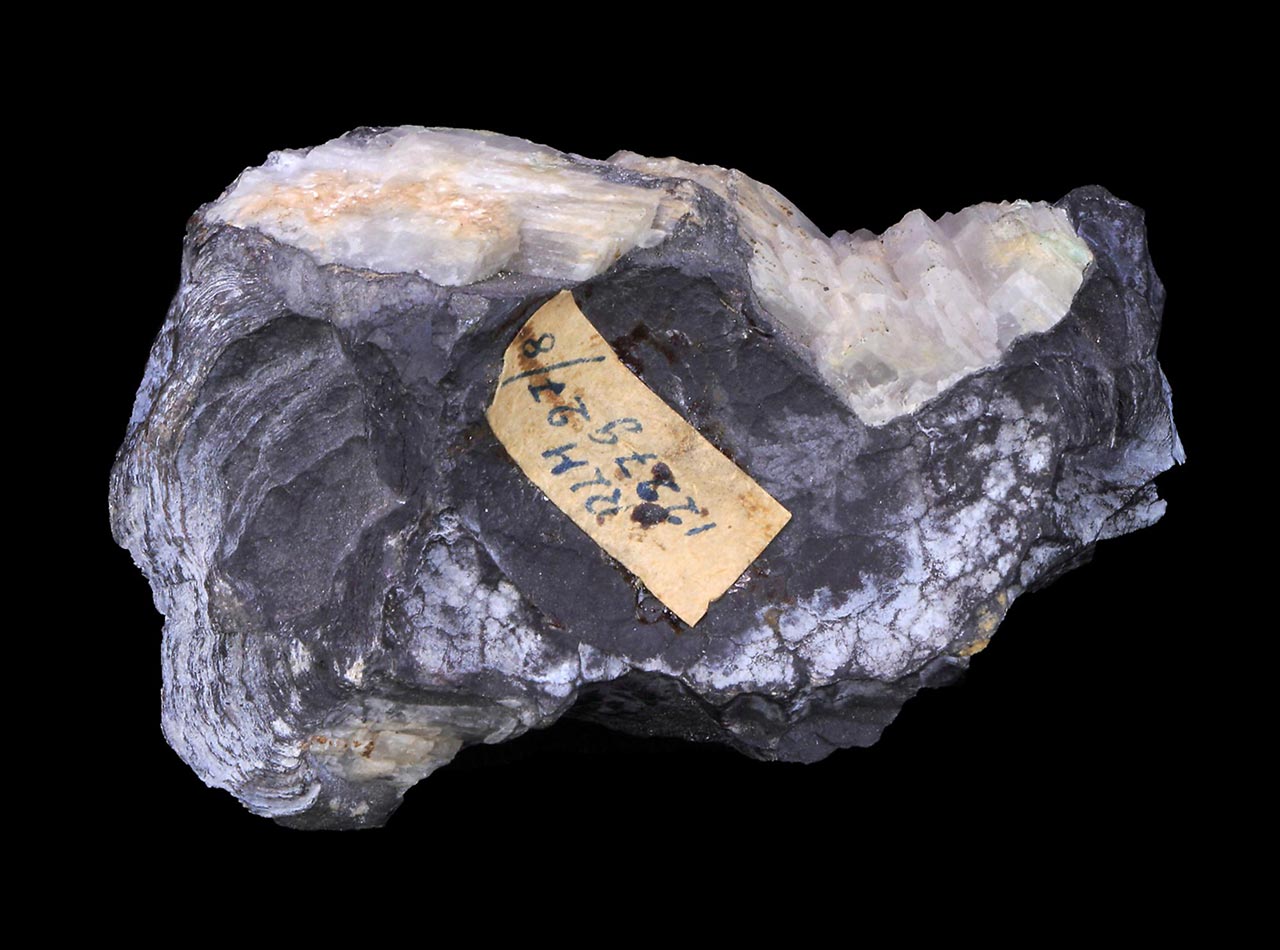
Inorganic arsenic is recognized as a biologic hazard, capable of creating skin lesions, skin cancers and hard patches on the skin (hyperkeratosis). Its acute effects are vomiting, abdominal pain and diarrhea. Over the longer term, symptoms may range from numbness, tingling of the extremities and muscle cramps to neurologic disorders, bladder and lung cancer, diabetes, pulmonary and cardiovascular disease and death.
Natural exposures consist of areas of past active volcanism, and the greatest latent hazard to the public is from groundwater containing elevated and undocumented levels of arsenic in drinking water. Occupational exposure is highly regulated, and is confined to a few basic industries: construction, electronics manufacturing and smelting.
Applications
Probably the first industrial use of arsenic was improving bronze alloys for cannons. Later, many arsenic chemicals were widely used in cosmetics, medicine, paints (especially famous Scheele’s Green and Paris Green), also as insecticides, herbicides and pesticides. Organic compounds of arsenic were used as chemical weapons and infamous defoliants (Agent Blue) applied in Vietnam war.
In modern applications, arsenic was widely used in agrochemicals, which is mostly abandoned in Europe and USA. It is still used as a feed aditive in organic complexes in poultry and swine production. Until recently, arsenic was widely used in production of optical glass and white glaze in ceramics industry. Current medicinal use of arsenic is highly limited, mostly to special treatment of cancer and leukemia.
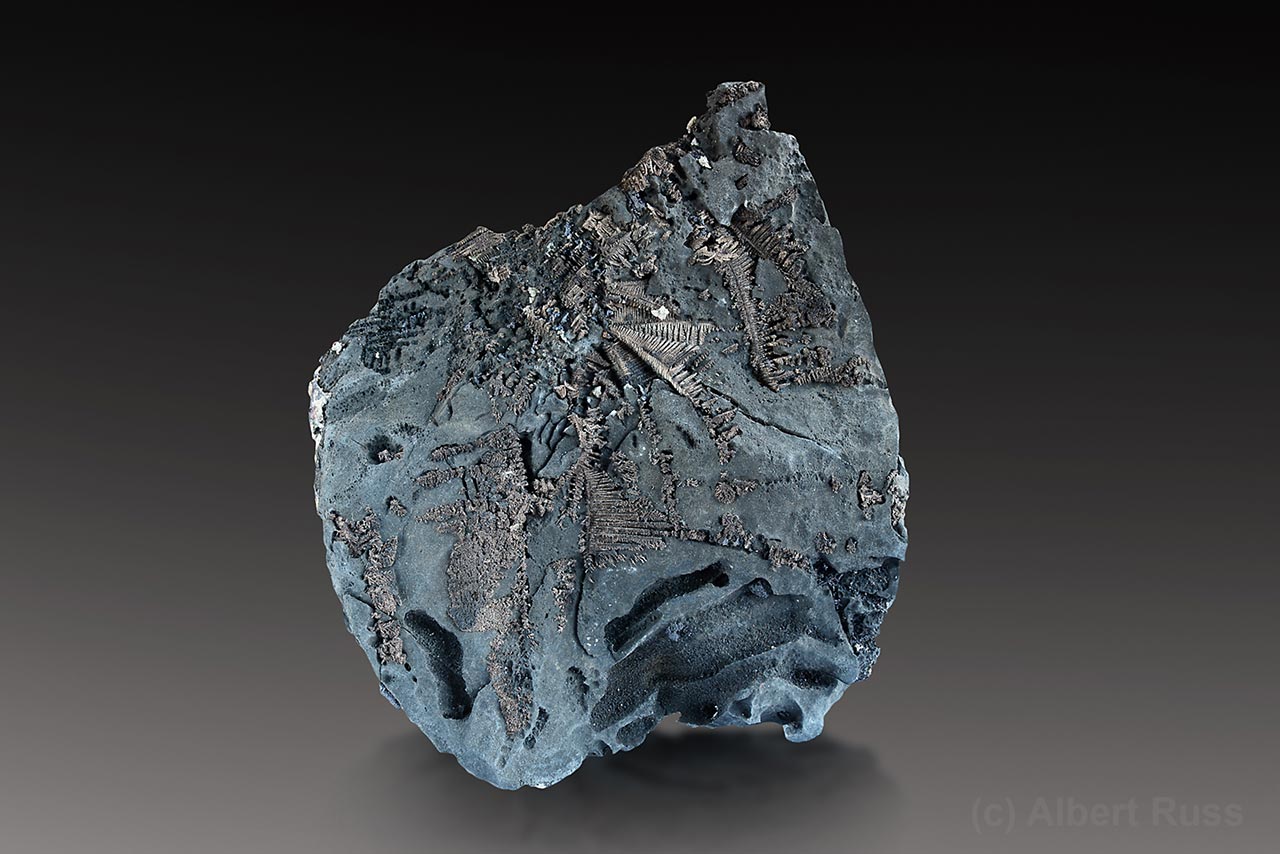
Arsenic is also important for manufacturing of alloys, despite only being an aditive: Small amount is added to the lead in batteries or some types of lead ammo. It is also added in tiny amount into brass. However, the most important is gallium arsenide, which is a semiconductor used in fast integrated circuits, lasers and LEDs.
The most famous poisonous form is arsenic trioxide As2O3 (white arsenic), which occurs naturally as a mineral arsenolite. Arsenic is famously known for its role as a poison, pigment and preservative in the 19th century. Various arsenic chemicals were recognized as an effective poison for killing rats, flies and weeds. They were incorporated as a pigment to color wallpaper, paints and fabrics. Arsenic chemicals were also used as a preservative for animal hides and, until recently, pressure-treated lumber.
Occurrence of Native Arsenic
China is by far the dominant source of industrial production of arsenic, followed by Morocco, Russia and Belgium. However, most of this arsenic is produced from arsenopyrite. Facilities in the US and Europe are largely dormant because of the recognized environmental hazard of its lingering toxicity.
Native arsenic occurs on many localities worldwide but rarely in large amounts or accumulations. Most common are botryoidal specimens and crusts, nice crystalline specimens are incredibly rare.
One of the top arsenic localities is definitely Jáchymov, Czech Republic. Accumulations of native arsenic reached up to 1 x 10 m in size, over 1 m large arsenic piece is still accessible in the old adits. Jáchymov also produced arguably best crystals of native arsenic, reaching over 2 cm in size. Nice botryoidal arsenic, sometimes mixed with native antimony or often associated with native native silver or dyscrasite was found in Příbram, Czech Republic.
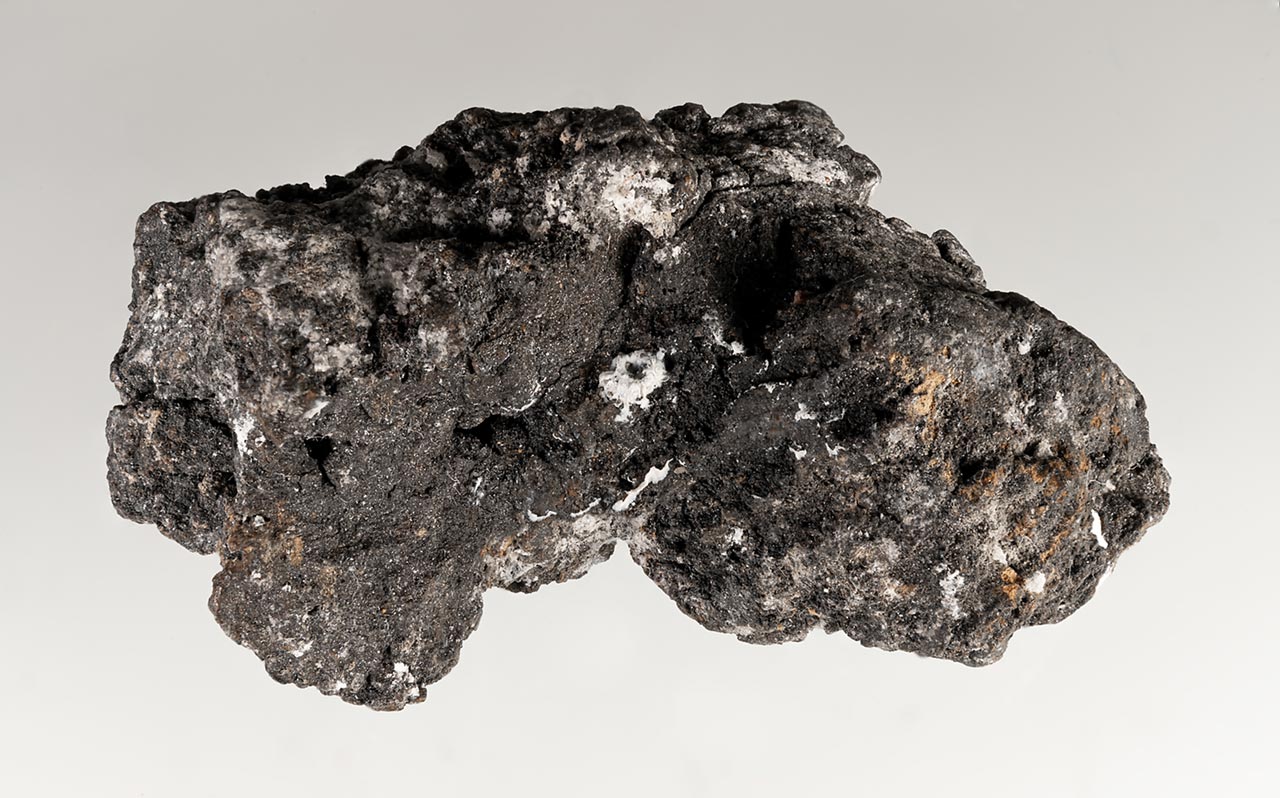
Similar arsenic specimens with native silver are known from Pöhla, botryoidal specimens come from Schlema, Freiberg, Schneeberg, St. Andreasberg and other places in Germany. Botryoidal arsenic and rarely also crystals up to 2 cm (etched from calcite) were found in the St. Marie-aux-Mines, France. Mostly classic botryoidal arsenic specimens – often associated with realgar - came from Baia Sprie, Baiut and Cavnic, Romania. Nice specimens were found also at Storlinden Mine, Lappland, Sweden.
Nice crystalline arsenic specimens were also recovered from Akadani Mine, Fukui Prefecture, Honshu, Japan. Botryoidal arsenic was found at Kusa Mine, Borneo Island, Malaysia and in Krasnochikoyskoe deposit and Talnakh-Norilsk, both in eastern Siberia, Russia.
In the US, arsenic was found at Sterling Hill, Ogdensburg, Sussex County, New Jersey and Washington Camp, Santa Cruz County. Arizona. Notable arsenic from Canada comes from Atlin in British Columbia.





Comments